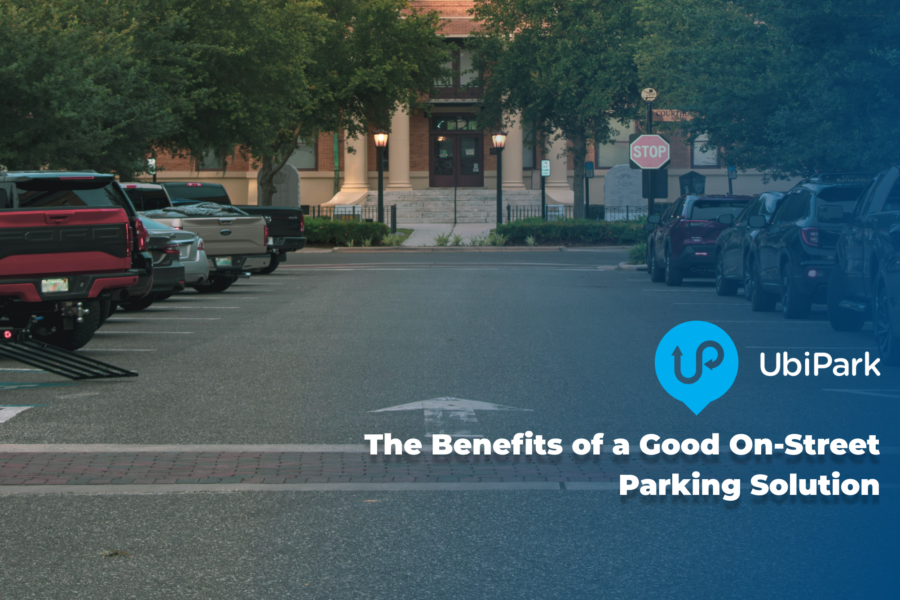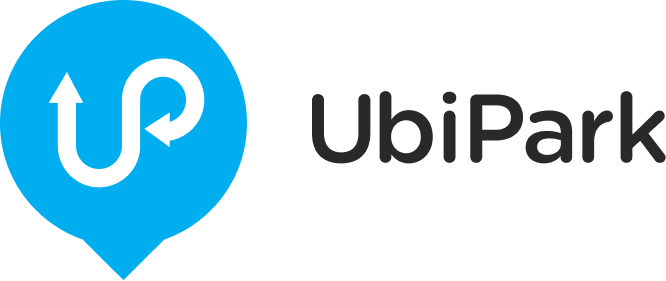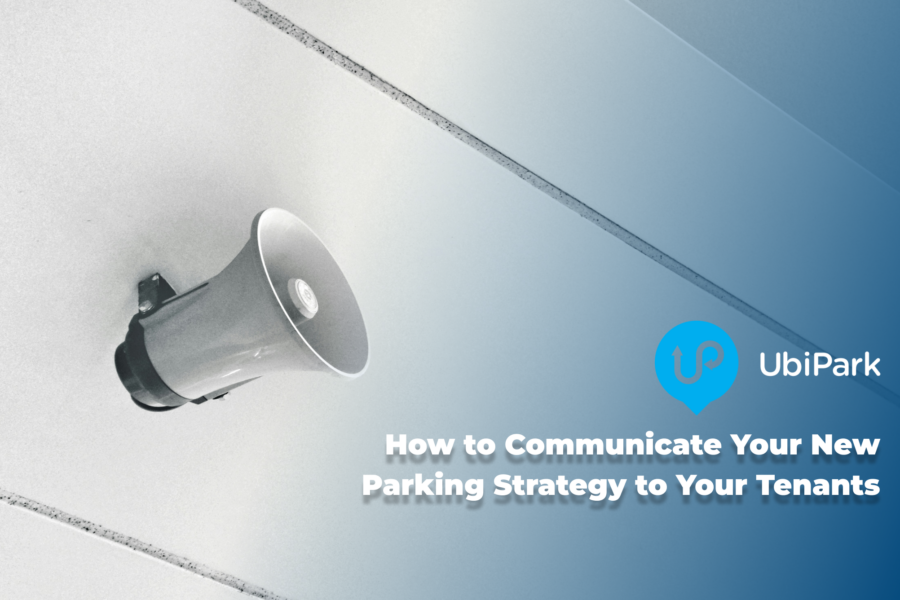Transport NSW | Addressing commuter congestion
May 30, 2018
There has been a lot of news this week around public transport infrastructure and commuting in New South Wales. According to the Australian Bureau of Statistics, around 320,000 commuters descend each day on Sydney CBD. Just over 70 per cent of them make the journey by public transport.However, another report released this week from Property Council Australia suggest that, due to population growth and increased demand on our public transport network, commuters could be at a point where they abandon public transport and drive to work instead. In fact, the Daily Telegraph has recently reported that commuters are still pulling their hair out over lack of parking at train stations. And, with new projects such as the Norwest Metro due to open next year, demand for parking is only going to increase.
It’s clear additional parking capacity is required, in line with population growth. Although a necessity, this is often an expensive and time consuming task – it can’t happen overnight. Whilst we wait for additional parking capacity, we should be looking to make the most of the infrastructure we already have available. Smart parking technologies can help us to better understand the network, supply and demand, enabling us to make informed decisions about commuter parking and where it is needed.
Bringing Commuter Parking into the 21st Century
To tackle the issue, the Parliament of New South Wales recently released a report into commuter car parking, providing recommendations on how we can connect people to public transport hubs.One of the recommendations is to share data in order to create a Mobility-as-a-Service offering. This is an offering where commuters can plan their entire trip, from their front door all the way to the office via multiple different transport options, all through a smartphone application, such as a TfNSW app.
But, for this to work, live transport information will need to be provided and this must include live parking availability.According to Uber, 60 per cent of trips start and end in a ‘public transport desert’, making the car an essential part of the journey for many commuters to begin and end their trips with. But, with only 36,000 off-street commuter parking spots available, the high demand for commuter parking often sees car parks full by 7am, leading to many commuters circling the station to find an available parking spot, adding to congestion in the local area and frustrating the community.
However, if we digitalise our commuter parking and provide commuters with live availability, we can significantly improve how we find available parking and plan our trips accordingly. If the usual car park is full, you could search one or two stops up and down the line to see if there is better availability at a different station. This would help increase the utilisation of commuter parking around stations.Going one step further, parking could be included on the Opal card system and be used to pay for discounted or free parking. By linking their parking to the Opal card, commuters would be able to have a seamless commuting experience, whilst councils could utilise this information to provide live availability – changing the number of available parks based on motorists ‘tapping’ in and out via their Opal card.
Integration with the Opal card could also help address the issue with non-commuters taking up highly sought after commuter parking spots. Research from TfNSW found, in some instances, 20 per cent of spaces were being used by non-commuters.Through an app based platform, linked to the Opal Card, non-commuters could be charged at a higher rate or prohibited from accessing the car park altogether. By limiting commuter car parking to commuters only, those not using public transport will be discouraged from taking up vital spots at transport hubs, increasing availability for commuters.
Data-informed transport decisions
Having access to live data and housing the information digitally will enable councils to make better decisions regarding its transport strategy and infrastructure. By tying in trip data and live car parking availability, councils will be able to better understand demand, where there is surplus and where there isn’t enough capacity.This will enable them to identify potential areas where car parks do actually need extra capacity easily and make informed decisions on local parking issues, rather than discuss complex policies, like turning around commuters. They could even highlight alternative transport options in the local area, such as on-demand buses, to commuters to reduce demand.
Going one step further, local councils could aggregate all available parking near the station and open up new parking options for commuters. For instance, a local stadium car park that sits empty all week could be monetised to become a commuter car park, giving back to the local community and providing convenient parking for commuters. Additionally, it will help transport authorities plan public transport services. For example, if we know there is an influx of commuters hitting the train station car park at 8am, we know that demand for train capacity will be high. To prevent overcrowding on the train, the transport authority could decide to put on more services during this time or establish a new fast service to move these commuters quickly to their destinations.
Opening up live data and integrating it into a holistic transport platform will provide so many opportunities for councils, transport authorities and commuters. As populations continue to grow, we need to ensure we are providing the most efficient service to get them from A to B. This help reduce congestion, as commuters will be able to search, navigate, acces and pay for parking quickly and easily, negating the need to circle for an available parking space. The easier we make this, the more likely we’ll see people look to take public transport to work, as the improved experience will take the hassle out of the commute.
In order to achieve this, we need to leverage the latest technologies to create a convenient system for commuters, as well as provide real actionable insight to make better public transport decisions moving forwards.



